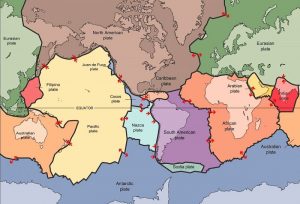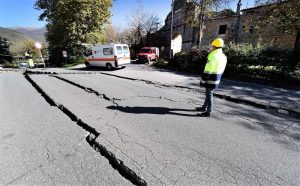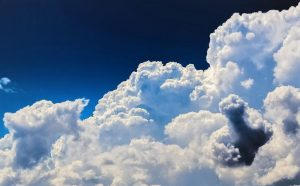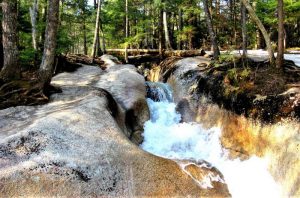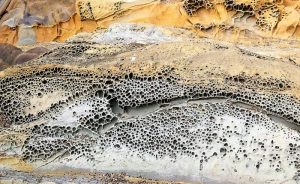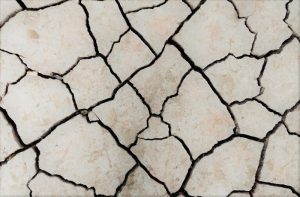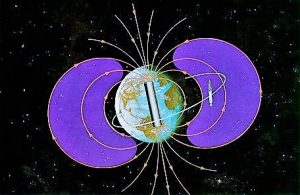Tectonic plates
Tectonic plates are those that can give us an explanation about the formation of a simple pit at the bottom of the sea to the highest mountain on the planet, and this has happened on earth for thousands of years. Plate tectonics is the theory that tells us that the outer layer of the Earth is divided into several plates along the planet which slide over the mantle and the inner rocky layer located above the nucleus. It tells us about the dynamics of the Earth's outer layer known as the lithosphere, which revolutionized the Earth sciences by providing a uniform context for understanding the processes of mountain formation, volcanoes and earthquakes, as well as the Earth's surface evolution and rearranging the continents and oceans from the past.
What are tectonic plates?
They are lithosphere portions located below the planet's surface, formed of rigid material which are located on the asthenosphere, placed one above the other, which generates that they are in constant movement and that when they move abruptly produce earthquakes and seism.
Characteristics of tectonic plates
- They are rigid and concrete, but at the same time different from each other because their shape is very irregular.
- There are a total of 15 tectonic plates and 42 secondary.
- They constitute the most solid part of the planet.
- Are covered by oceans known as oceanic plates.
- Through them, earthquakes, volcanism and orogenesis are produced.
- The earth is the only planet that has tectonic activity by means of plates.
- Oceanic plates are lighter than continental
Formation and origin
The plates were formed approximately 100 million years ago, in a fissure created in the Caribbean Sea where the deposits of volcanic and magma origin were looking for a way out. At that moment, a tectonic plate was formed and began to sink. This process was repeated continuously until forming the plates we know today.
Theory of the plate tectonics
The theory explains how the lithosphere is structured and how tectonic plates located on the earth’s surface move through its slides. It tells us how mountains were formed by orogenesis, why earthquakes and volcanoes are found in specific places around the planet, and why sea graves are found next to islands. It explains how large masses can move.
Function
Plate tectonics is involved in the creation of a magnetic field by convection of Earth’s partially molten core. This magnetic field is the one that protects life on earth by deflecting solar wind. This action helps prevent erosion of our planet’s atmosphere and eliminates highly energetic particles that could damage DNA. Another factor is that it recycles carbon, which is necessary to stabilize Earth’s temperature and creates through its movements, the different forms of relief that we observe around us.
Tectonic plate movements
- Convergent: occurs when plates collide producing ground elevations. They can also happen when an oceanic plate sinks below the continental plate by means of subduction, when the upper plate rises above the lower one. When one plate sinks on top of the other, sea pits form.
- Divergent: The plates separate when magma emerges from the depths of the earth’s mantle. A divergent limit occurs when two tectonic plates move away from each other. It can create deep depressions and continental masses.
- Transforming: the movement that occurs when plates slide on top of each other. In this movement no magma is formed and there is a crust cracking, but they do not have the capacity to form mountains or oceans.
Parts
Tectonic plates are formed by pieces of lithosphere that can move and are composed mainly of the oceanic crust or abysm (silicon and magnesium) and the continental crust. They are basically formed by basaltic and granitic rocks.
Types
- Oceanic plates: they are thin and submerged in the bottom of the sea, in the oceanic crust.
- Continental tectonic plate: they form the continents and are lighter than the oceanic ones.
- Mixed plates: one part of them is covered by continental crust and another by oceanic crust. They are the most frequent.
- Collision plates: are those that have an active continental edge and a passive one.
Which are the tectonic plates?
Currently, fifteen different major plates are recognized worldwide, some of them are:
- African plate.
- Antarctic plate.
- South American plate.
- North American plate.
- Eurasian plate.
- Australian or Australian Indo plate.
- Pacific plate.
- Coconut Plate
- Nazca Plate
- Caribbean Plate
- Philippine Plate
Location
The tectonic plates receive their name according to the place in which they are located, thus, we find plates in: South America, North America, Europe, India, Australia, Africa, Antarctica, and in the Pacific Ocean. In addition to those previously considered as primary plates, there are secondary plates and they are located in: Cocos and Caribbean in the Pacific Ocean in Central America, Nazca in South America, Philippines, Scotland, etc.
Relationship with volcanoes and earthquakes
Vulcanism is related to tectonic plates in divergent and convergent margins. There are large volcanic cracks in the ocean basins and volcanoes in the plates. When two plates with continental crust collide, there is no volcanic activity. In the limits of the plates, different friction forces are produced which surpass the resistance of the rocks producing a sudden energy release and therefore earthquakes are produced.
How to cite this article?
Briceño V., Gabriela. (2019). Tectonic plates. Recovered on 4 January, 2025, de Euston96: https://www.euston96.com/en/tectonic-plates/
